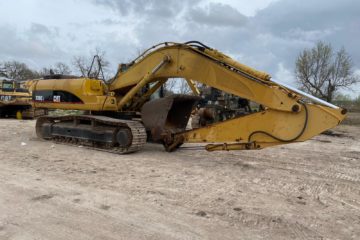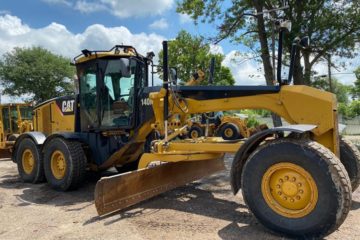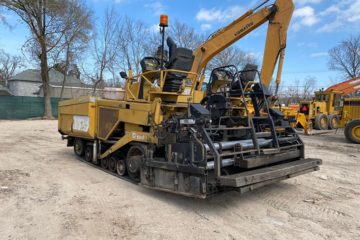Some useful examine tips before purchasing a new or a second hand farm tractor
When it comes to purchasing a farm tractor, cultivators know what they want, farmers will almost all the time check a tractor before they purchase. So follow the agricultural tractor check steps as a common guideline and be ready to search the tractor you require to use it for agricultural purpose.
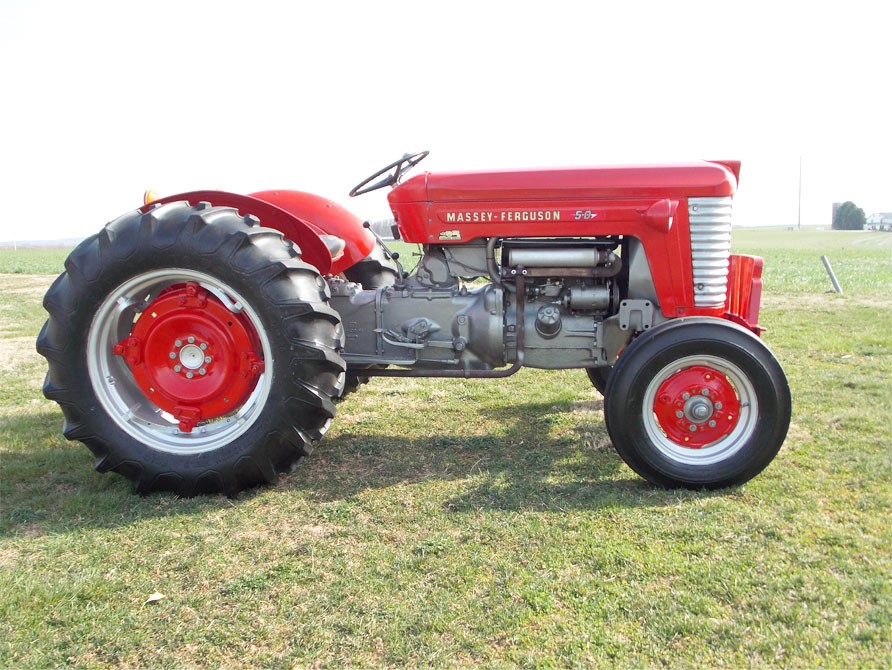
1. The overall shape and the body of the machine
A farm tractor that should be properly maintained and generally has been well-maintained, but freshly paint, scratches, cracked or swelling tires are indications that a machine was stored outside and possibly even misused. Depending on the category of tractor, changing those tires could charge you up to $30,000. But it is necessary to make a plan, you should first use a tire gauge to calculate the tread depth left on the tires and evaluate to the tread depth measurement on the tire producer’s website to get a better idea of how much time is left in the tires.
2. Properly check the Articulation point
To perform both a visual and equipped examination of the articulation point. As the main earth moving equipment components of the tractor, it should constantly be lubricated. Verify for any metal shards proper because shards are symptoms of wear and most probably an outcome of bad maintenance.
For the operational examination, you should start up the tractor and take a test drive, if you experience a knock when moving, a transmission slip could be damaged. Now come to the steering, rotate the steering left and then right to confirm for any wandering or sloppiness in the steering as this could mean that the main pin may be curved or broken and requires to be changed. Rigid or hard steering could indicate that the pins require to be lubricated or that the hydraulic cylinders might not be in good working condition.
3. Check the amount of horsepower of the Engine
As with all parts of gear, begin the tractor up, lift the hood, let it run and verify for any symptoms of leaks from the engine, hoses or hydraulics. Check for any broken or damaged hydraulic, coolant, or fuel lines. Find the engine cover and verify for the amount of horsepower and confirm that the engine matches emission averages for your jurisdiction.
When the tool is off, take out the air filter, because it should be changed in every 100-200 hours and for further inspection just follow the manufacturer’s suggestion. The air filter is clean so its mean it is regularly changed on time.
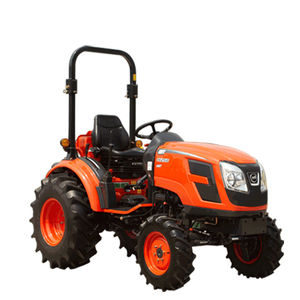
4. Inspect the system of Cab
Uncover the door for inspecting the inside situation, if any dirt and mud are present inside the cab that could be indications of bad maintenance. Check deeply to check the cab and try to figure out how many hours of operation the tractor has completed. If the cab contains a help system, so verify that all displays, receivers and further electronic parts are in proper working condition. The guidance systems can be expensive to change or fix.
5. Verify the Hydraulic power of the machine
Search for poor and broken seals when checking hydraulics, probable indications that damage to the pipes or hydraulic tank may exist. Think what kinds of attachments you will be running when examining the hydraulic outlets and auxiliary/return lines. Make sure the tractor has the accurate number of outlets and lines of what you require to run now and a year from now.
6. Check the maintenance records and supporting certification records
We support suppliers provide maintenance logs, scrutiny lists, work orders and further supporting certification records. Don’t forget to ask the real legal papers of the machine, if you are purchasing the used machine because they give helpful approaching into how frequently and what type repairs were done.
Just follow the general given farm tractor inspection tips as a common instructions and be ready to purchase the new and second hand farm tractor.
